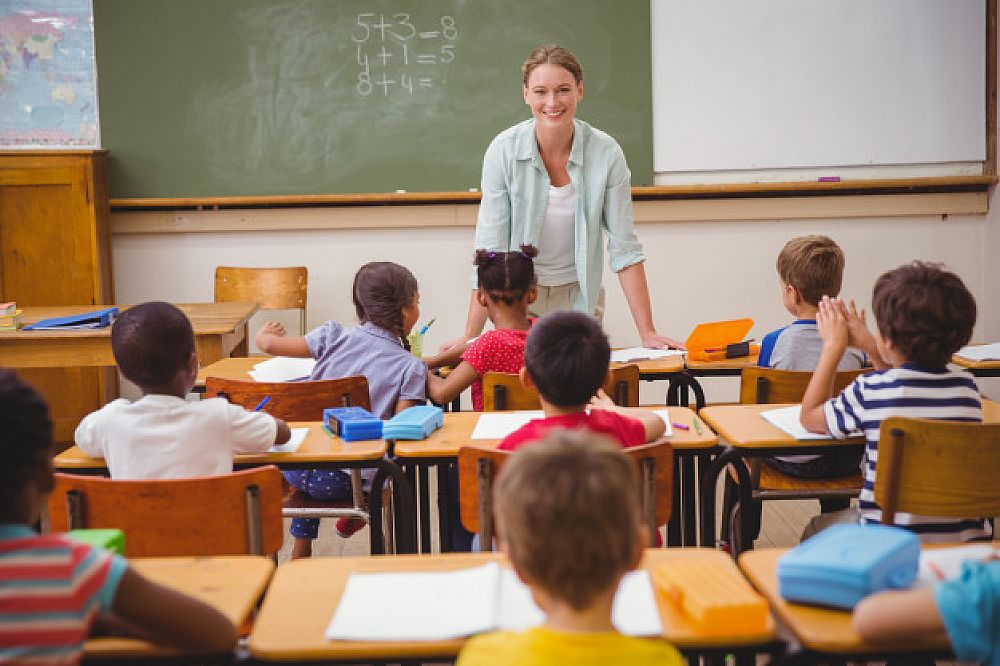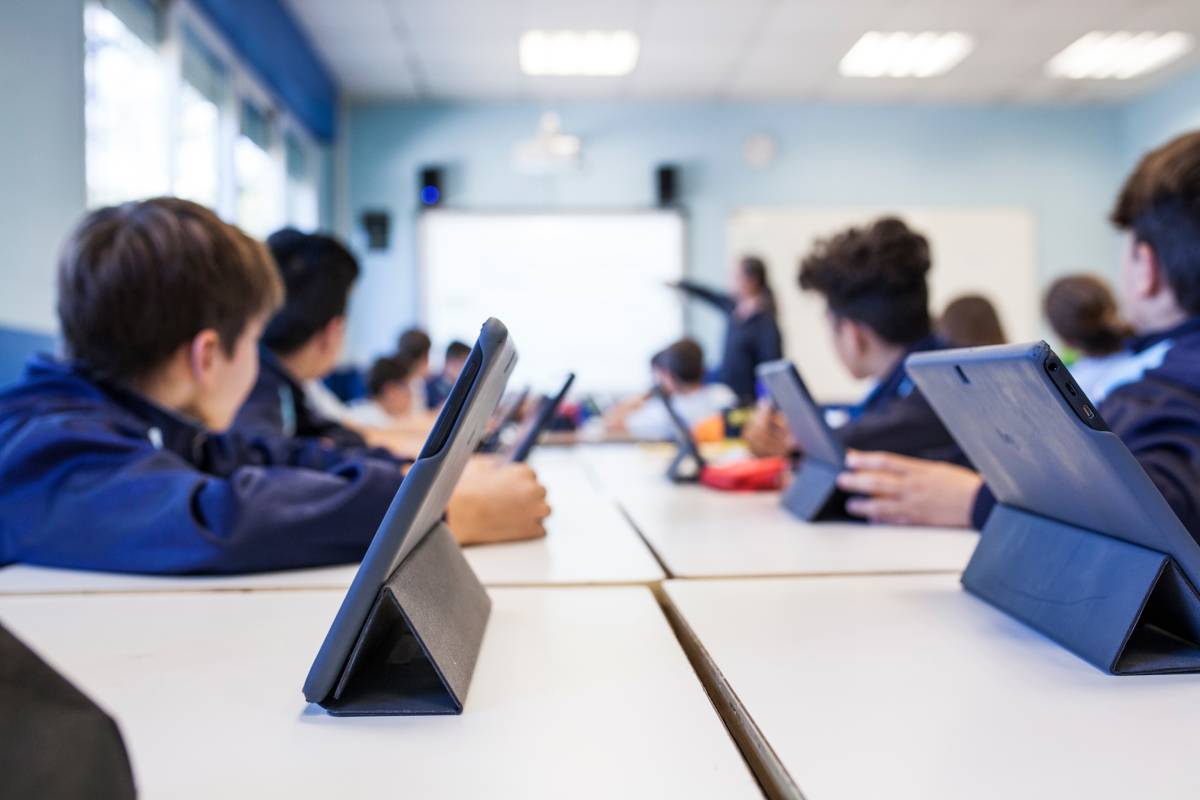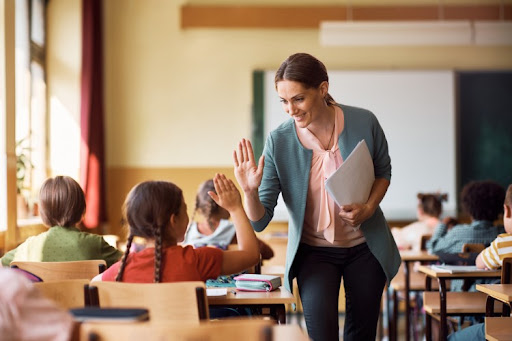Affordable Primary Science Tuition Singapore for All Learning Needs
Affordable Primary Science Tuition Singapore for All Learning Needs
Blog Article
Checking Out the Various Mentor Techniques in Key Scientific Research Education Today
Inquiry-based discovering, hands-on experiments, and the integration of modern technology are redefining exactly how educators engage young minds. In addition, collective approaches and separated direction are being employed to cater to the varied needs of trainees, boosting both interaction and understanding.
Inquiry-Based Understanding
Inquiry-Based Knowing (IBL) is an instructional approach that motivates pupils to explore clinical concepts with wondering about, investigation, and hands-on trial and error. This method stresses the role of pupils as active individuals in their discovering, promoting crucial reasoning and analytic abilities. By engaging with real-world questions, trainees end up being inspired and interested, which enhances their understanding of scientific principles.
In IBL, instructors serve as facilitators, leading pupils as they browse their questions instead than delivering info directly. This student-centered approach permits differentiation, accommodating numerous learning rates and styles. Pupils develop abilities in formulating theories, making experiments, and assessing data, which are critical for scientific literacy.
Additionally, IBL fosters cooperation amongst pupils, urging them to share findings and concepts. This cumulative query promotes social skills and a sense of area within the class. The process of questions encourages durability, as pupils find out to welcome failing as a stepping rock towards understanding.
Hands-On Experiments
Hands-on experiments are an important element of effective scientific research education and learning, enhancing the principles of inquiry-based knowing. These experiments allow pupils to involve directly with scientific concepts, fostering a deeper understanding through experiential knowing. By controling products and observing outcomes, young learners can grasp abstract theories in tangible ways.
Such activities promote vital thinking and analytical skills, as students hypothesize outcomes, conduct experiments, and assess results. This process urges them to ask concerns, fine-tune their understanding, and create a scientific frame of mind. Furthermore, hands-on experiments can be customized to diverse understanding styles, guaranteeing that all pupils have the opportunity to involve meaningfully with the content.
Moreover, hands-on experiments typically motivate collaboration amongst peers, promoting teamwork and interaction skills. Working in teams enables pupils to share ideas, discuss findings, and pick up from one another, which improves their overall instructional experience.
Integrating hands-on experiments right into the main scientific research educational program not just enhances the learning setting however additionally grows a long-lasting passion in science. By actively joining their education, students are most likely to develop a passion for scientific inquiry that extends past the class.

Modern Technology Integration
Integrating innovation right into key scientific research education and learning has actually ended up being significantly crucial in cultivating pupil involvement and boosting discovering results. The use of digital devices, such as interactive simulations, digital laboratories, and instructional software application, supplies pupils with possibilities to explore scientific ideas in ingenious methods. These resources promote a deeper understanding of intricate topics by allowing learners to imagine and control variables that would be impractical in a conventional classroom setting.
Furthermore, technology assimilation urges customized discovering experiences. Students can proceed at their own speed, reviewing tough principles via multimedia sources, which provide to different understanding styles. This adaptability not only sustains private development yet additionally grows a feeling of autonomy in students.
Additionally, modern technology functions as a bridge to real-world science, attaching students with existing research and specialist contributions. Access to on-line data sources and clinical journals expands pupils' point of views on clinical inquiry and promotes critical believing abilities.
Collaborative Understanding
Collaborative understanding plays an important duty in primary science education and learning by fostering teamwork and interaction skills among students. This method encourages students to collaborate, share understanding, and take part in analytical, which improves their understanding of scientific principles. By getting involved in team tasks, students find out to articulate their concepts, listen to varied point of views, and work out remedies, all of which are essential abilities in both real-world and academic contexts.

Research study shows that joint understanding can result in enhanced inspiration and interaction in science topics, as trainees find enjoyment in shared experiences (primary science tuition Singapore). In addition, this approach prepares students for future collective ventures, furnishing them with the abilities essential for efficient synergy in greater education and professional atmospheres. Inevitably, accepting joint knowing in key science education can significantly enrich the understanding experience and promote a much deeper understanding of clinical questions
Separated Guideline

Differentiated direction can show up in various methods, such as varying the material, procedures, or items of learning. Teachers might utilize tiered projects that provide differing levels of intricacy, permitting trainees to work at their respective preparedness levels. Additionally, flexible organizing approaches can assist in collaboration amongst trainees with different capacities, promoting peer discovering.
Analysis plays a crucial role in this strategy, as it notifies guideline and assists educators comprehend each student's one-of-a-kind requirements. Developmental evaluations, such as monitorings and quizzes, can lead instructors in readjusting their methods to enhance discovering outcomes. primary science tuition Singapore. Eventually, by executing separated instruction in key scientific research education, instructors can cultivate a much more equitable and reliable discovering setting, empowering all trainees to reach their full potential in understanding clinical sensations
Final Thought
In recap, the varied mentor techniques in main scientific research education and learning, including inquiry-based understanding, hands-on experiments, technology assimilation, collective discovering, and distinguished guideline, collectively add to an extra effective discovering environment. These methods advertise critical reasoning, problem-solving abilities, and a much deeper comprehension of scientific ideas. By carrying out these techniques, instructors can create helpful and interesting class that websites resolve the diverse demands of pupils, ultimately fostering a lifelong rate of interest in scientific research useful reference and boosting academic accomplishment.
Inquiry-Based Understanding (IBL) is a pedagogical method that motivates students to explore clinical principles with doubting, investigation, and hands-on experimentation.Collaborative learning plays an essential role in key scientific research education by fostering teamwork and interaction abilities amongst students.Research indicates that joint understanding can lead to raised inspiration and interaction in science subjects, as students find satisfaction in common experiences.In cultivating a comprehensive knowing environment, separated direction emerges as an essential strategy to accommodate the diverse needs and capabilities of pupils in key scientific research education and learning. Ultimately, by carrying out separated direction in primary science education and learning, instructors can cultivate a more reliable and fair understanding environment, empowering all pupils to reach their complete capacity in understanding clinical sensations.
Report this page